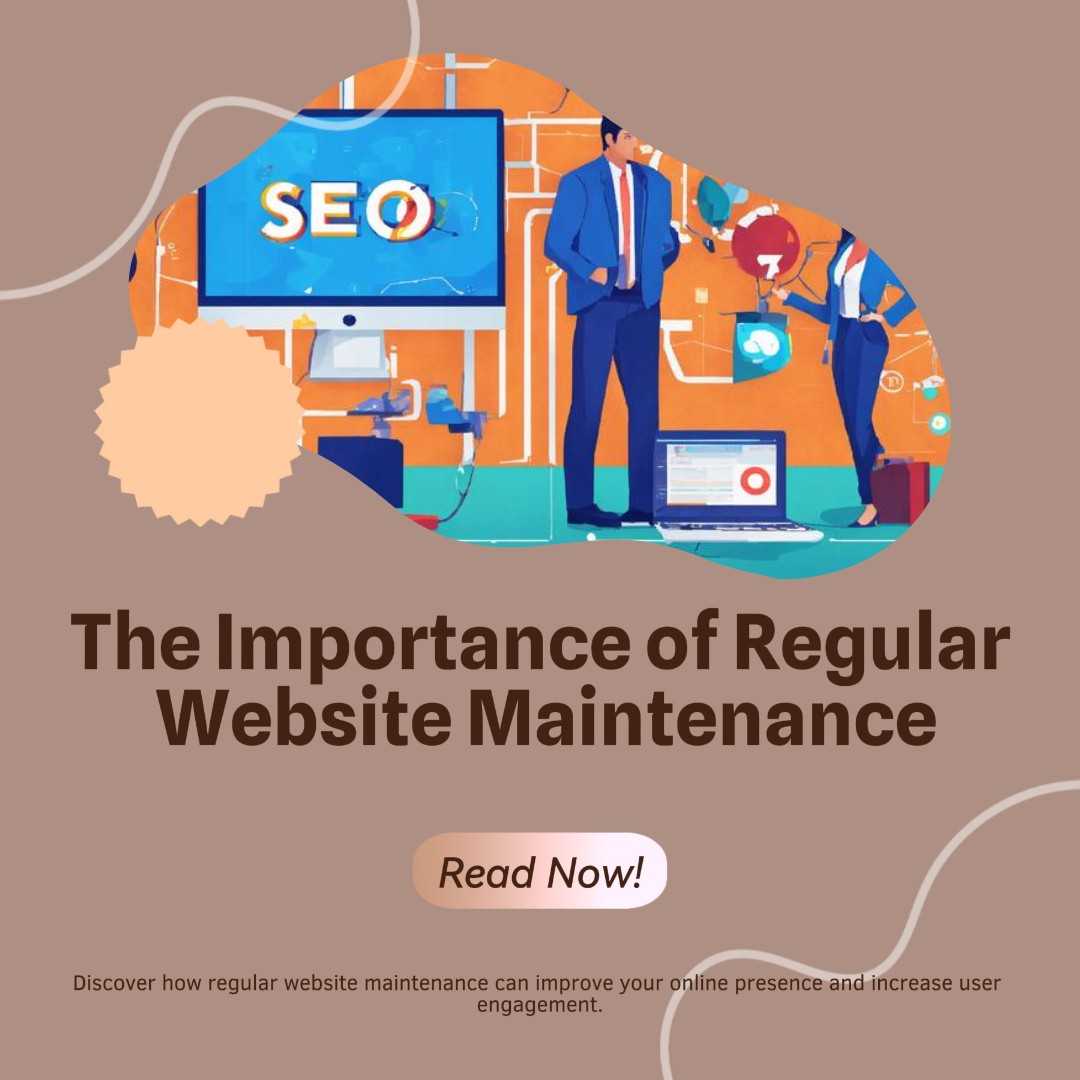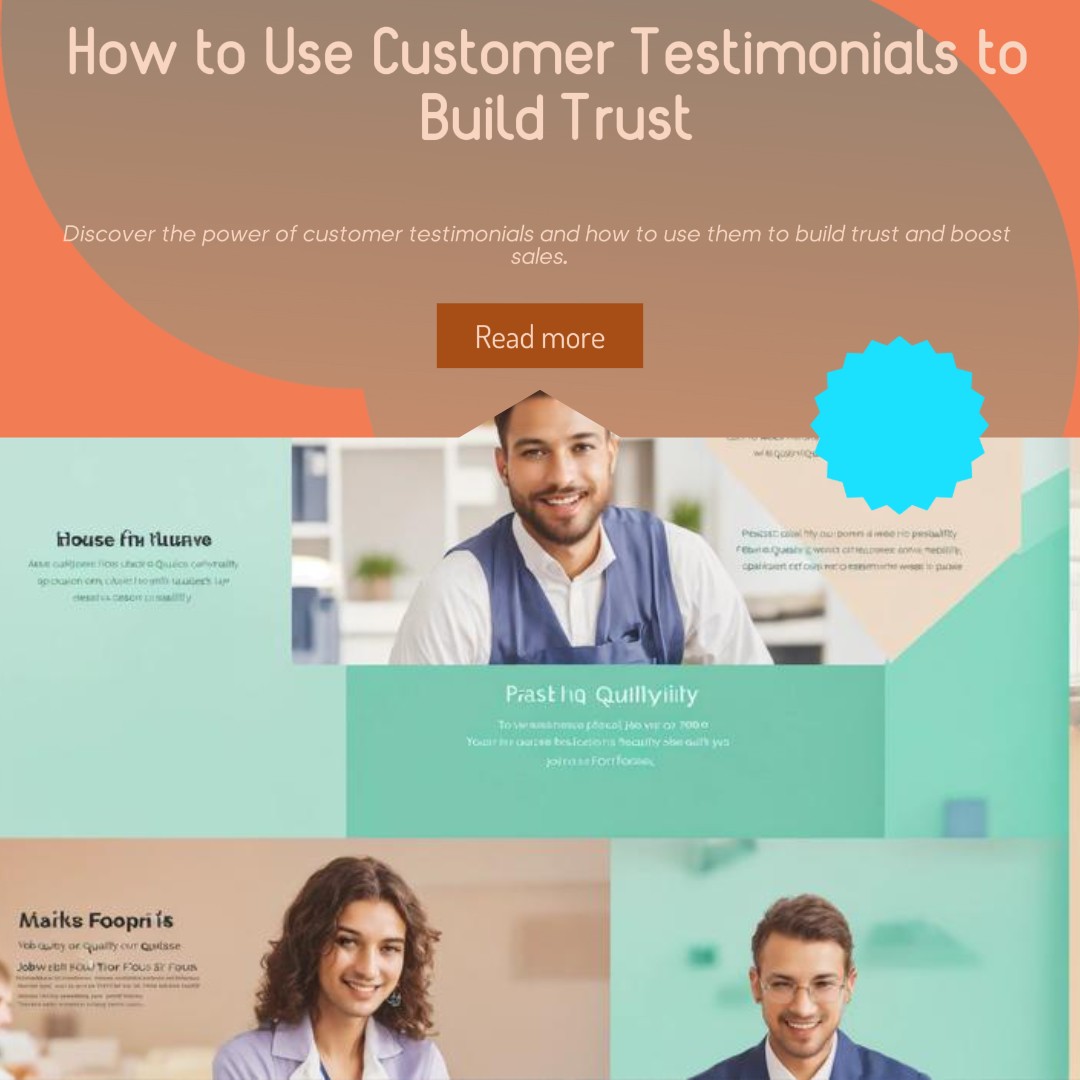The e-commerce landscape keeps on evolving, and it’s getting tougher to stay ahead of the game. Competition is growing, and so are customer expectations, which means businesses need to stay on top of the latest trends and strategies if they want to remain competitive. But how are you going to keep your e-commerce business thriving in such a fast-moving environment? This article will help one get valuable understanding of how to stay ahead in the e-commerce world when the playing field changes rather frequently.
Table of Contents
- Introduction: The Ever-Changing E-commerce Landscape
- Understanding the Competitive Market
- Leveraging Technology and Innovation
- How to Master SEO for E-commerce Success
- Optimizing User Experience
- Personalization – Unique Shopping Experiences
- The Power of Social Media Marketing
- Data to Drive Decisions – Analytics
- Customer Loyalty and Trust
- Sustainability and Ethics in E-commerce
- Product Range Diversification
- Why Mobile Optimization Matters
- Industry Trends to Watch
- AI and Automation at Work
- Conclusion: Long-Term Leadership
1. Introduction: The Ever-Changing E-commerce Landscape
E-commerce as a world is dynamic and evolutionary; it changes in the wink of an eye. From new technological advancements to new changes in customer behavior, at every step, it asks businesses for a change in approach. In other words, think of e-commerce like a chess game where one wrong move is what will actually place you lagging behind while the adoption of few strategies will differ between thriving versus merely surviving. So, what does it take to stay ahead in the e-commerce game? Let’s dive in.
2. Understanding the Competitive Market
After all, you cannot rule the space of e-commerce if you do not understand the competition. The space is so flooded—from solo entrepreneurs to big multinationals. Your task is to analyze your competitors, their strengths, and weaknesses to realize the gap in the market to create a strategy for your business. Well, how do you understand your competitors?
By competitor analysis, you are able to address crucial questions such as the following:
- What are their best-selling products?
- How do they engage with customers?
- Where do they fall short, and how will you take advantage of this particular situation?
3. Leveraging Technology and Innovation
The only way to keep up is to move forward. From AI-powered workflows that automate processes to augmented reality incorporated into your shopping, it’s the use of technology that gives an edge over competitors. Innovation isn’t about using every shiny new tool but, rather, finding and using the right ones that will further your business goals.
For example, think of AR that can allow customers to virtually try on clothes; this is a game-changer when it comes to online shopping. In e-commerce, tech innovation is like putting fuel in your car: without it, you aren’t going anywhere.
4. Mastering SEO for E-commerce Success
SEO is the backbone of visibility in the digital world and ensures that whenever a customer is looking for a product, it will turn up. In this competitive space of e-commerce, a seller shall not neglect mastering SEO. This ranges from correctly keywording a product page to improving the speed at which a page will load; above all, SEO plays an important role in driving organic traffic to your site.
Some key tips that are available for e-commerce success in SEO include:
- Keyword Optimization: Research and integrate relevant keywords into your content.
- High-Quality Content: Create engaging, informative product descriptions.
- Technical SEO: Make sure your website is fast, friendly to mobile viewers, and secure.
5. Optimizing User Experience (UX)
UX is the foundation of success in e-commerce. A smooth and pleasant shopping experience increases customer satisfaction and boosts conversions. Consider your website as a brick-and-mortar store; if the layout is confusing, customers will leave. A great UX greets customers with ease of navigation all the way through to a seamless checkout process that makes them return.
Elements of good UX include:
- Intuitive Navigation: Allow your customers to quickly find what they are looking for.
- Mobile Optimization: The sites should work well on mobile.
- Fast Loading Times: Slow sites equate to high bounce rates.
6. Personalization – Unique Shopping Experiences
The one-size-fits-all approach no longer works. Personalization helps to sell to the individual customer’s needs, making the shopping experience more relevant and enjoyable. Be it through personalized product recommendations or targeted marketing campaigns; the customers like businesses that truly understand their preferences.
For instance, shopping history data might be considered along with past purchases to recommend products for a better customer shopping experience.
7. The Power of Social Media Marketing
Social media is a powerful tool to engage with your audience, build brand awareness, and drive traffic to your e-commerce site. With the likes of Instagram, Facebook, and TikTok, businesses have the power to connect with consumers in a more personal and interactive way. But just having a presence within social media isn’t sufficient—you have to come up with a proper strategy.
- Content Creation: Post engaging content that resonates with your target audience.
- Influencer Partnerships: Partner with the right kind of influencers who will better promote your products.
- Interaction: Engagements via polls, contests, or giveaways you want to run.
8. Data to Drive Decisions – Analytics
Data is the lifeblood of successful e-commerce businesses. Through careful analysis of consumer behavior, traffic patterns, and sales metrics, you can make informed decisions that will drive growth. Using Google Analytics, you can see what is working and what isn’t to then tweak your strategy accordingly.
Key metrics you’ll want to track include:
- Conversion Rate: How many visitors are converting into paying customers?
- Bounce Rate: Are customers leaving your website without engaging?
- Average Order Value (AOV): How much does the customer spend on average?
9. Customer Loyalty and Trust
Loyal customers are key to every successful e-commerce business. While acquiring new customers is vital, nurturing the relationships with present customers may yield long-term returns. Gaining trust is necessary and can be built up by being transparent, providing excellent customer service, and fulfilling promises.
This will foster customer loyalty in the following ways:
- Loyalty Programs: Retain the customers by offering discounts or special deals to the repeating ones.
- Engagement: Periodic engagement of your customers either through email or any social media platform.
- Reliable Customer Support: Responsiveness and helpful customer support
10. E-commerce Sustainability and Ethics
This is very much true of the modern consumer, who is considerably more sensitive regarding the environmental impact of their purchases. Offering sustainable services or products, including eco-friendly packaging or ethically sourced materials, immediately helps your product stand out among competitors. It will also be an excellent experience for nature on this Earth, but the most important thing is that your customers are looking at nature when choosing.
This kind of marketing will retain more customers and attract another target segment in customers who want businesses to care about ethics.
11. Diversifying the Range of Products
Diversification in the offering of products would allow different customer needs to be serviced and would help increase market share. However, in doing so, care must be taken that it is strategic—that is, offering products that complement the portfolio, not dilute the brand.
For instance, a retailer who sells fitness gear could consider adding nutritional products or accessories that enhance the customer experience.
12. Why You Need Mobile Optimization
M-commerce is an up-and-coming field, and more people than ever shop through their smartphones. If your website isn’t optimized for mobile, you are losing a big portion of your customers. That means besides having a responsive design, it should have fast loading, be easy to navigate, and make checkout seamless.
13. Staying In Touch with Industry Trends
The e-commerce landscape constantly changes, and there’s always something new happening every year. Being on the edge of such trends gives you the ability to innovate and build upon whatever your customers want. From voice search to blockchain in e-commerce, it constantly keeps your business relevant with every advancement in technology.
Continuously go through industry reports, webinars, and networking with other e-commerce professionals so you can stay in the loop.
14. The Role of AI and Automation
Artificial intelligence and automation transform e-commerce. From artificial intelligence-driven product recommendations to instant customer support by chatbots, these technologies make operations seamless and improve customers’ experiences. Automation also allows businesses to efficiently deal with repetitive tasks and thus free more time to work on strategic growth.
15. Conclusion: Staying Ahead for the Long Term
The game of e-commerce calls for innovating constantly, knowing one’s market, and pleasing one’s customers. From perfecting SEO to leveraging AI, the tips unveiled here aim at being helpful for any e-commerce business desirous of creating a niche for itself in an environment that is no less fiercely competitive. The watchword implicit in this context is to be flexible and constantly scan ways of upping the ante to stay relevant.
Frequently Asked Questions
- How important is SEO in the success of e-commerce?
SEO is important because it makes your website rank higher in search engines, thereby driving organic traffic to the website and boosting sales. - What is the role of social media in electronic commerce?
Social media creates opportunities for business-audience interaction, product promotion, and driving traffic to e-commerce websites. - How can I improve my website’s user experience?
You could improve UX by optimizing your site navigation, ensuring your site loads in no time, and making the checkout process seamless and intuitive. - Why should I personalize customers’ shopping experience?
Personalization creates a more relevant shopping experience for the customers, which enhances satisfaction and boosts conversions. - What are some e-commerce trends I should be aware of?
Key trends include mobile optimization, AI and automation, sustainability, and the use of data analytics to inform decision-making.






